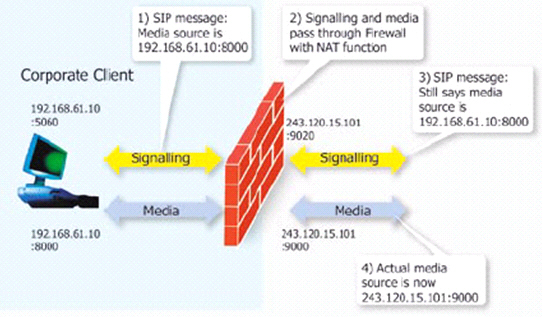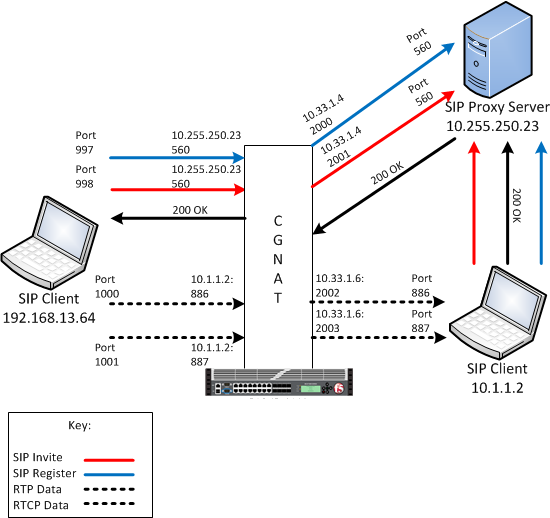

If the SIP proxy doesn't provide a server-side NAT solution, then an ALG solution could have a place.Īn ALG understands the protocol used by the specific applications that it supports (in this case SIP) and does a protocol packet-inspection of traffic through it. In some scenarios, some client-side solutions are not valid, for example, STUN with symmetrical NAT router.

Generally speaking, ALG works typically in the client side LAN router or gateway. There are various solutions for SIP clients behind NAT, some of them in the client side (STUN, TURN, ICE), others are in the server side (Proxy RTP as RtpProxy, MediaProxy). Many routers have SIP ALG turned on by default. Its purpose is to prevent some of the problems caused by router firewalls by inspecting VoIP traffic (packets) and if necessary modifying it. Kindly advise if stopping this service will have any impact on theĮxisting applications running on the server.SIP ALG stands for Application Layer Gateway and is common in all many commercial routers. Stop/ disable the service as per MS Windows support. But in order to avoid such behavior in future it was recommended to So, this ALG service is currently running. The default startup type is Manual and started. However, none of the application using this range as per our port configuration. Occurring is due to the “Application Layer Gateway service” reserves the TCP ports in Tries to bind to TCP network ports on a Windows-based computer: "WSAEADDRINUSE (10048)" ), it stated When checked on the windows event logs, an error shown that “error binding listening socket to port (error 10048): Only one usage of each socket address (protocol/network address/port) is normally permitted”.Īs per Microsoft support ( Winsock error message when you use a program that

However, recently we encountered that one of the application services stopped working suddenly for reasons unknown. We are using MS Windows server 2003 R2 enterprise SP2 at our site over a decade.


 0 kommentar(er)
0 kommentar(er)
